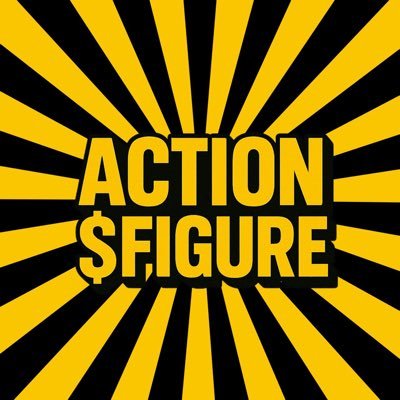


Prezzo di CommunisCOM
Come ti senti oggi in merito a Communis?
A proposito di Communis (COM)
Attraversare la Significanza Storica e le Caratteristiche Chiave delle Criptovalute
Criptovalute, un fenomeno tecnologico rivoluzionario, hanno causato una grande agitazione nel mondo finanziario, offrendo un'alternativa promettente ai tradizionali metodi di pagamento. Derivata dalla fusione di due campi vasti e complessi - crittografia e monetaria - l'emergenza delle criptovalute si è aperta strada nella storia delle transazioni finanziarie mondiali.
Significato Storico delle Criptovalute
La prima e probabilmente la più famosa criptovaluta, il Bitcoin, è stata lanciata nel 2009 da un individuo o un gruppo di individui con lo pseudonimo Satoshi Nakamoto. Questa innovazione è nata in risposta alla crisi finanziaria del 2008, con l'obiettivo di fornire un sistema di trasferimento di denaro peer-to-peer (P2P) che è indipendente, decentralizzato e sicuro.
Da allora, le criptovalute si sono evolute e hanno proliferato, con migliaia di varianti disponibili sul mercato. Questa rapida diffusione delle criptovalute ha segnato uno dei cambiamenti più radicali nel settore finanziario, sfidando la struttura tradizionale delle istituzioni bancarie e cambianto le dinamiche delle transazioni economiche a livello globale.
Caratteristiche Chiave delle Criptovalute
Le criptovalute offrono numerose caratteristiche uniche che le differenziano dalle valute tradizionali e le rendono una parte fondamentale del futuro finanziario digitale.
1. Decentralizzazione: Le criptovalute operano su una rete decentralizzata basata sulla tecnologia blockchain, che elimina l'esigenza di una terza parte o un intermediario centrale come una banca o un governo.
2. Sicurezza: Ogni transazione di criptovaluta è protetta dalla crittografia, in particolare l'algoritmo di hashing SHA-256, che è quasi impossibile da violare. Questo rende le transazioni cripto molto più sicure rispetto a quelle del sistema finanziario tradizionale.
3. Anonimato: Le criptovalute offrono un grado di privacy che non può essere offerto dalle valute fisiche. Le transazioni sono pubbliche, ma gli utenti rimangono anonimi.
4. Accessibilità: Le criptovalute offrono un accesso finanziario senza precedenti. Ogni individuo con un dispositivo connesso a Internet può accedere ai servizi di criptovaluta.
In conclusione, le criptovalute rappresentano un capolavoro di innovazione tecnologica che ha spinto le barriere dei sistemi di pagamento tradizionali. La loro crescita esponenziale e l'adozione diffusa dimostrano che le criptovalute sono più che una semplice moda; rappresentano il futuro dei sistemi di pagamento.
Prezzo di Communis di oggi in EUR
Storico dei prezzi di Communis (EUR)
 Prezzo più basso
Prezzo più basso Prezzo più alto
Prezzo più alto 
Qual è il prezzo più alto di Communis?
Qual è il prezzo più basso di Communis?
Previsione del prezzo di Communis
Quando è il momento giusto per acquistare COM? Dovrei acquistare o vendere COM ora?
Quale sarà il prezzo di COM nel 2026?
Quale sarà il prezzo di COM nel 2031?
FAQ
Qual è il prezzo attuale di Communis?
Qual è il volume di trading di 24 ore di Communis?
Qual è il massimo storico di Communis?
Posso acquistare Communis su Bitget?
Posso ottenere un guadagno costante investendo in Communis?
Dove posso acquistare Communis con la commissione più bassa?
Saldo di Communis per concentrazione
Indirizzi Communis per durata dell'holding

Prezzi di Communis globali
- 1
- 2
- 3
- 4
- 5
Nuovi listing su Bitget
Acquista di più
Dove posso acquistare crypto?
Sezione video: verifica rapida e accesso rapido al trading

Risorse di COM
Tag:
Valutazioni di Communis
Bitget Insights


Asset correlati
Informazioni aggiuntive su Communis
Panoramica della moneta
In relazione alle monete
In relazione al trading
Aggiornamenti delle monete

































